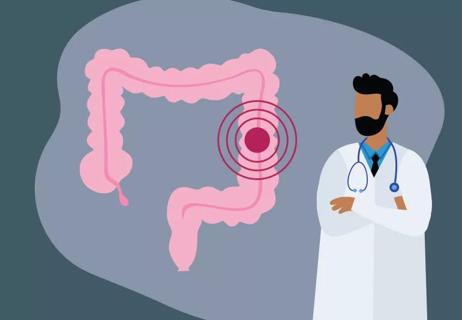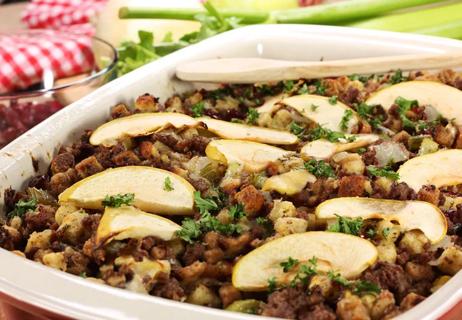Eat small meals; limit high-fat, gas-producing foods

Surgeons remove more than 600,000 gallbladders each year to help eliminate pain associated with it. Often times, surgery is done because of gallstones, which are hard deposits of digestive fluid in the gallbladder. As people age, gallstones become more common.
Advertisement
Cleveland Clinic is a non-profit academic medical center. Advertising on our site helps support our mission. We do not endorse non-Cleveland Clinic products or services. Policy
If you have your gallbladder removed, you’ll likely experience changes in your digestion and will need to carefully watch your diet.
The gallbladder, which is a pear-shaped organ on your right side beneath your liver, isn’t necessary. However, it does help you digest fatty foods. It also stores, concentrates and secretes the bile your liver makes.
After surgery, your liver will still make enough bile, but you might have difficulty processing fatty foods – at least for a while. More than half of patients who have their gallbladder removed have trouble digesting fat.
Laura Jeffers, MEd, RD, LD, shares five tips to avoid discomfort after gallbladder removal:
For the first few days after surgery, stick with clear liquids, broths and gelatin. After that, gradually add more solid foods back into your diet.
Avoid fried foods, high-fat foods, foods with strong odors and gas-causing foods. You should also stick to small, frequent meals.
Eating the wrong food after gallbladder surgery can induce pain, bloating and diarrhea. To side-step this gastrointestinal discomfort, avoid eating high-fat or spicy foods, including:
Advertisement
Typically, fat calories should total no more than 30% of your daily intake. That means if you eat about 1,800 calories each day, you should consume no more than 60 grams of fat.
Be sure to read food labels carefully. Look for foods that offer no more than 3 grams of fat per serving.
Consider adding these gas-producing foods back into your diet slowly:
Slowly add small amounts of foods back into your diet. Re-introducing things too quickly can lead to diarrhea, cramping and bloating.
It’s a good idea to keep a food journal after surgery. This will help you keep track of what you eat and what the impact was. Doing so will help you know what you can and cannot eat comfortably.
Most people can return to a regular diet within a month after surgery. However, talk to your doctor if you experience these symptoms:
After surgery, doing these things should help you feel more comfortable. As time goes on, take note of your tolerance for high-fiber foods and fats, especially healthy fats.
Advertisement
Learn more about our editorial process.
Advertisement

There are many options, including surgery or medication

Simple swaps improve a comfort food staple.

Simple swaps improve a comfort food staple.

CHANGE ADDED NOW Lorem ipsum dolor sit amet. Non voluptatem quibusdam qui nobis laborum in animi autem est veritatis temporibus quo impedit eius. Quo possimus quaerat sit odio omnis est commodi consequatur vel assumenda itaque. I ADDED THIS JUST NOW CHANGE

A sweet twist on this holiday dish, complete with fiber and antioxidants

There’s a fine line between emotional and physical hunger

Type 2 diabetes isn’t inevitable with these dietary changes

Applying a hot or cold compress can help with pain